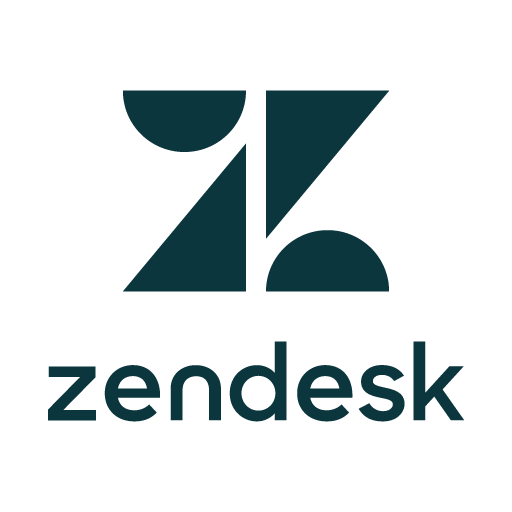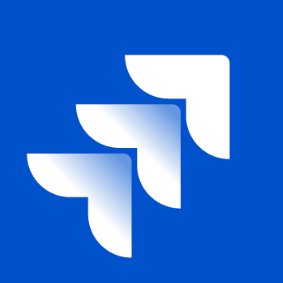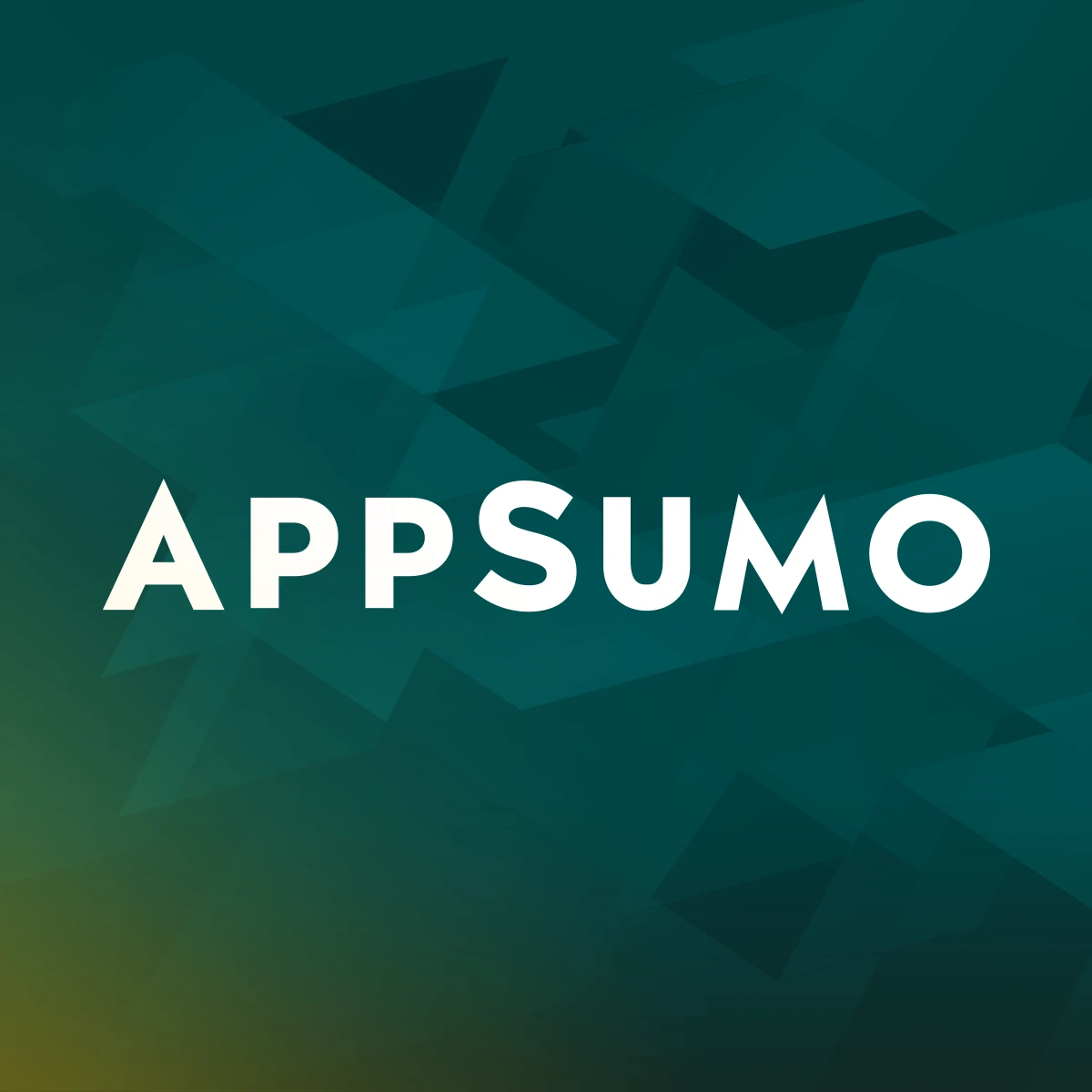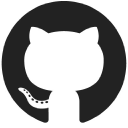I Learned To Code At 8 Yrs Old. This Led Me To Build A $240K/Year Wordpress Site Builder
Hello! Who are you and what business did you start?
Hi guys, my name is Stefan and I am one of the founders of Hogash and ZionBuilder. I started the company back in 2012 when I first entered the Joomla and WordPress template/plugins business.
At first, I was doing collaborations with other designers as my main qualification is programming. After several successful partnerships with various designers, I’ve partnered with a great designer and we have launched a top-selling theme called Kallyas which generated sales of about $90.000 in the first month. At this point, the site builder solutions were at their early stages and we were one of the first theme developers to include a page builder into a WordPress theme.
After this success, I’ve worked full time on improving this theme and growing the business by hiring extra staff to help with the development and increase the quality of the support we provide for our customers.
Being a perfectionist by nature, I wanted to keep the high standards for the theme by making a first big update which...

Download the report and join our email newsletter packed with business ideas and money-making opportunities, backed by real-life case studies.

Download the report and join our email newsletter packed with business ideas and money-making opportunities, backed by real-life case studies.

Download the report and join our email newsletter packed with business ideas and money-making opportunities, backed by real-life case studies.

Download the report and join our email newsletter packed with business ideas and money-making opportunities, backed by real-life case studies.

Download the report and join our email newsletter packed with business ideas and money-making opportunities, backed by real-life case studies.

Download the report and join our email newsletter packed with business ideas and money-making opportunities, backed by real-life case studies.

Download the report and join our email newsletter packed with business ideas and money-making opportunities, backed by real-life case studies.

Download the report and join our email newsletter packed with business ideas and money-making opportunities, backed by real-life case studies.


























